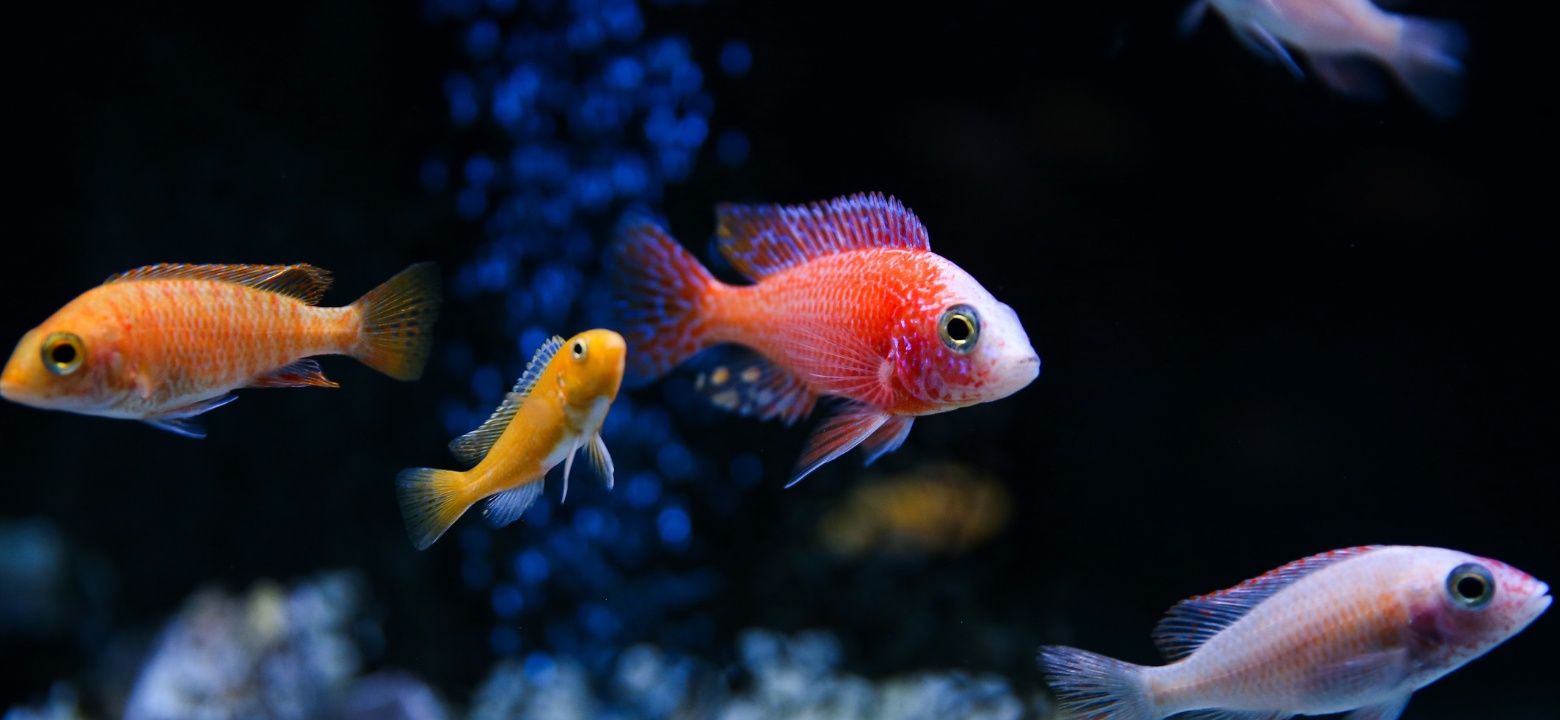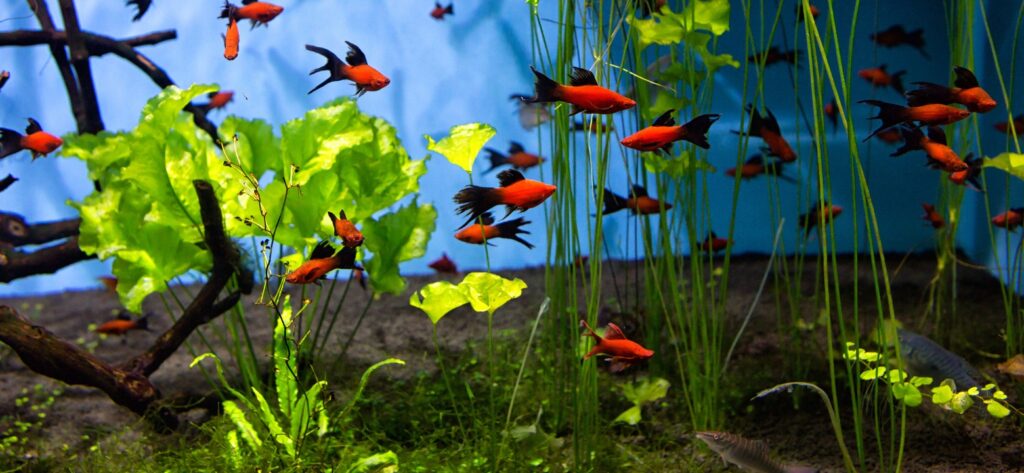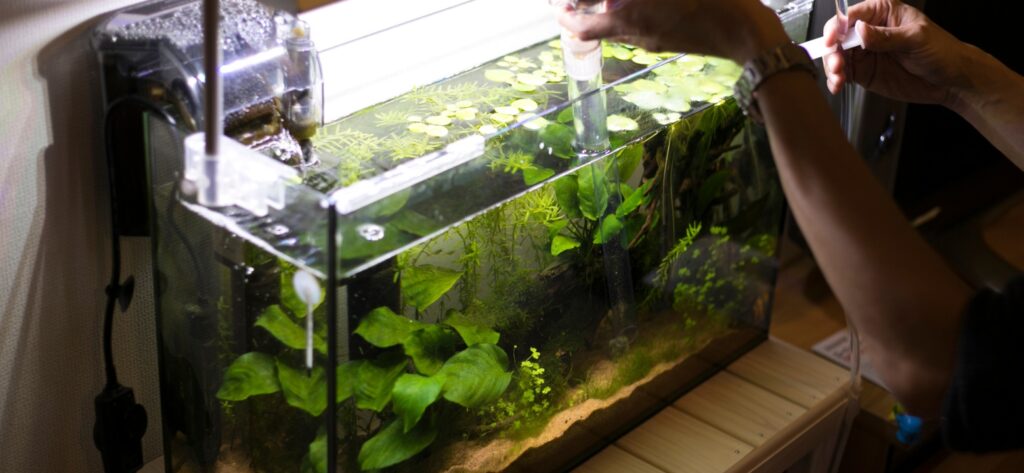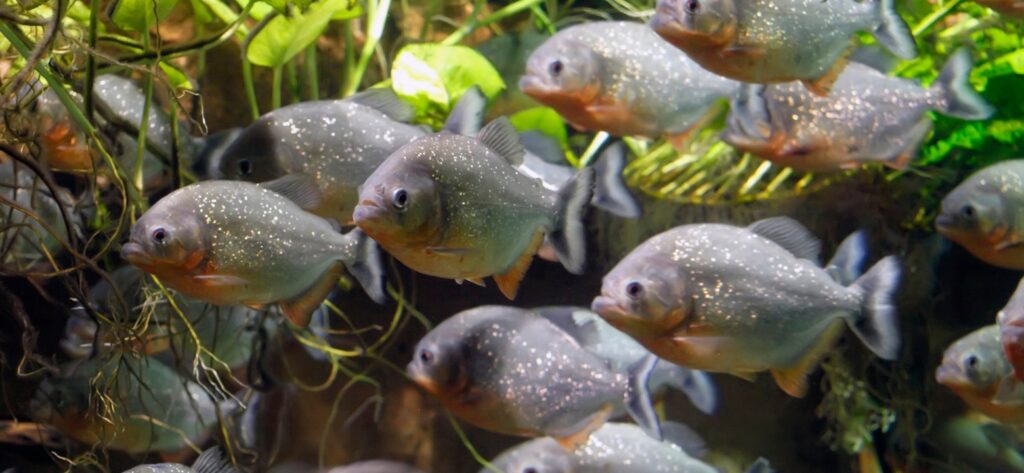
Our aquarium can be an intriguing world full of colors and movements, but like any other space, it faces its own risks. Fish diseases are one of the most significant factors that responsible aquarium enthusiasts must address. In this article, we will explore general information about some of the most common fish diseases, such as Whitespot (Ich), Oodiniasis (Velvet), Costiasis, Trichodiniasis, Neon Tetra Disease, and fungus. We will also discuss effective treatments for these diseases, providing useful tips for prevention and management.
Whitespot (Me):
Whitespot disease, also known as Ichthyophthirius Multifiliis, is one of the most widespread diseases in aquariums. It is caused by a parasite that attacks the skin and eyes of fish. Infected fish exhibit white spots on their bodies, similar to grains of salt, which are the visible symptoms of the disease.
Appropriate Medications
Oodiniasis (Velvet):
Oodiniasis, also known as "Velvet" or "Gold Dust Disease," is caused by the parasite Oodinium. This parasite is nearly invisible to the naked eye and infects the skin of fish. Infected fish exhibit golden metallic spots on their skin, resembling gold dust.
Treatment for Oodiniasis (Velvet):
To address Oodiniasis, raise the water temperature to 30-32 degrees Celsius for approximately two weeks. At the same time, use a chemical treatment containing malachite green or formaldehyde to combat the parasite. Make sure to follow the dosage and treatment cycle instructions.
Costiasis:
Costiasis is a disease caused by the parasite of the Ichthyobodo family. It attacks the skin and gills of fish, causing inflammation and irritation.
Treatment for Costiasis:
The treatment for Costiasis involves the use of medications containing formaldehyde or metronidazole. These medications can be used according to the manufacturer's instructions. Additionally, make sure to maintain water quality at high levels, as clean water helps in addressing the disease.
Trichodiniasis:
Trichodiniasis is a disease caused by the parasite of the Trichodina family. This parasite attacks the skin, gills, and eyes of fish.
Treatment for Trichodiniasis:
Trichodiniasis can be treated using medications containing formaldehyde or praziquantel. Follow the manufacturer's instructions and maintain water quality at stable levels.
Neon Tetra Disease:
Neon Tetra Disease is an ailment primarily affecting neon tetras but can also impact other fish species. It is caused by the parasite Pleistophora hyphessobryconis and can be easily transmitted from one fish to another.
Treatment for Neon Tetra Disease:
Unfortunately, there is no known treatment for Neon Tetra Disease. If a fish is infected, it's important to isolate it from healthy fish to prevent transmission. Good hygiene and frequent water changes can help in maintaining the health of the remaining fish.
Μold:
Mold is a common form of fungal infection that can affect fish. It typically appears on injured or weakened fish and can cause serious complications.
Treatment for Mold:
To treat mold, you can use an antifungal medication such as malachite green or methylene blue. If using an antifungal, carefully follow the manufacturer's instructions and remove activated carbon from your filter during treatment.
Understanding the diseases that can affect your fish and having knowledge of effective treatments, you can be prepared to protect your aquarium and ensure the health of your fish. It's important to monitor your fish for any signs of illness and react quickly if you notice any problems. With proper care and attention, you can maintain a healthy and happy aquarium.









